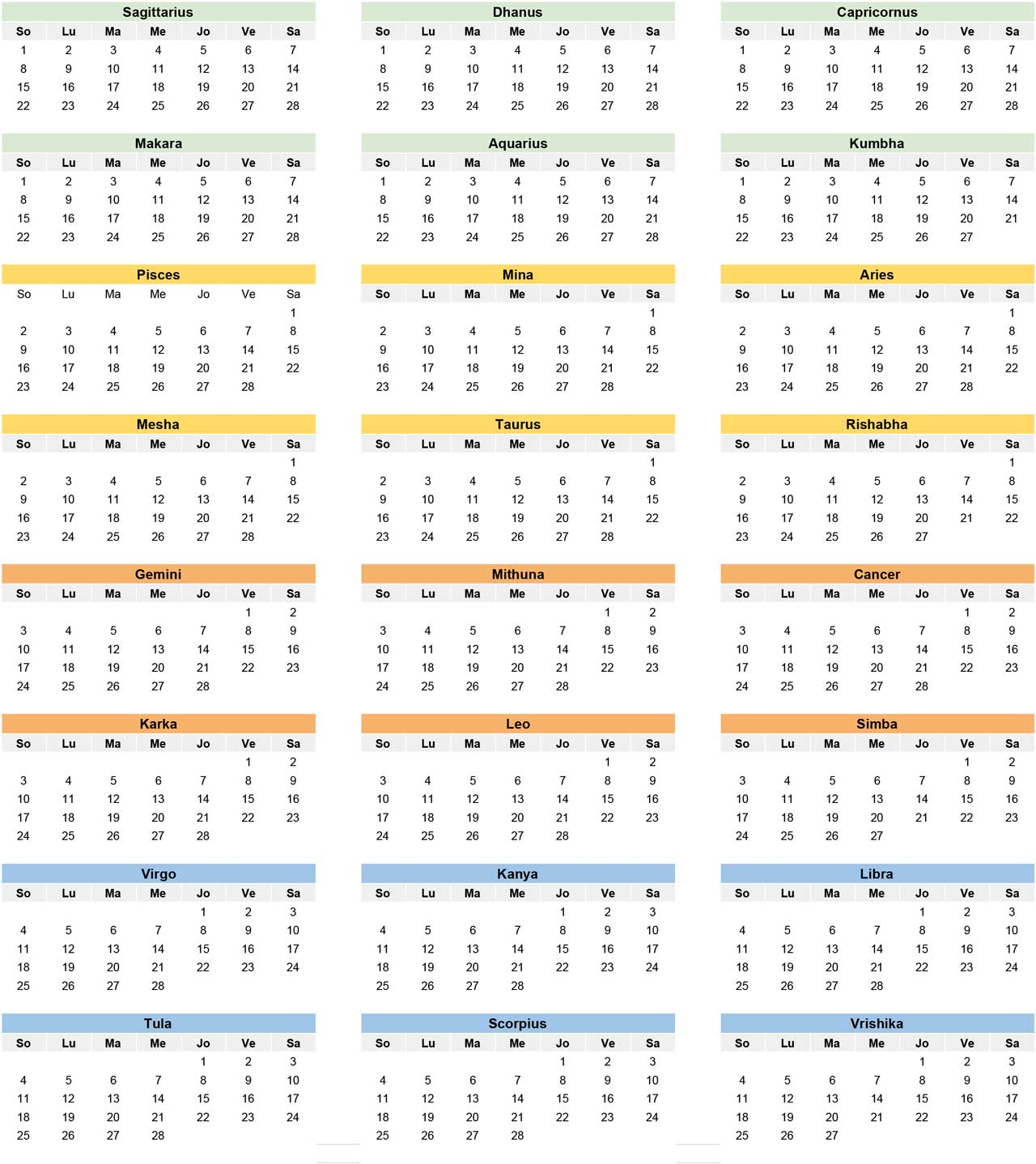Olympus Run
/Olympus Run is an outdoor endurance race organized by San Olympus colony and PSAC (Pathfinder Sport Athletics Committee).
The Olympus Run is one of 16 events PSAC has organized as qualifying races. Athletes that look to participate in the annual Pathfinder Marathon are required to have completed a minimum of 4 races.
The course is 180 km from the gates of San Olympus up the slope of Olympus Mons, the tallest mountain in the solar system.
Contenders are vetted before competition, including a week-long training camp that includes orientation runs.
Like other outdoor events, PSAC deploy support staff and counter measures to ensure safety, including radiation deflection systems over the course of the competition.
Sponsors of Olympus Run include San Olympus Titans (MAFL), Roger Barney Rogers and Athena Made Robotics. Additional funding is also made through PSAC partners Drinquium, Reprogus and AAA Capital Bank





































